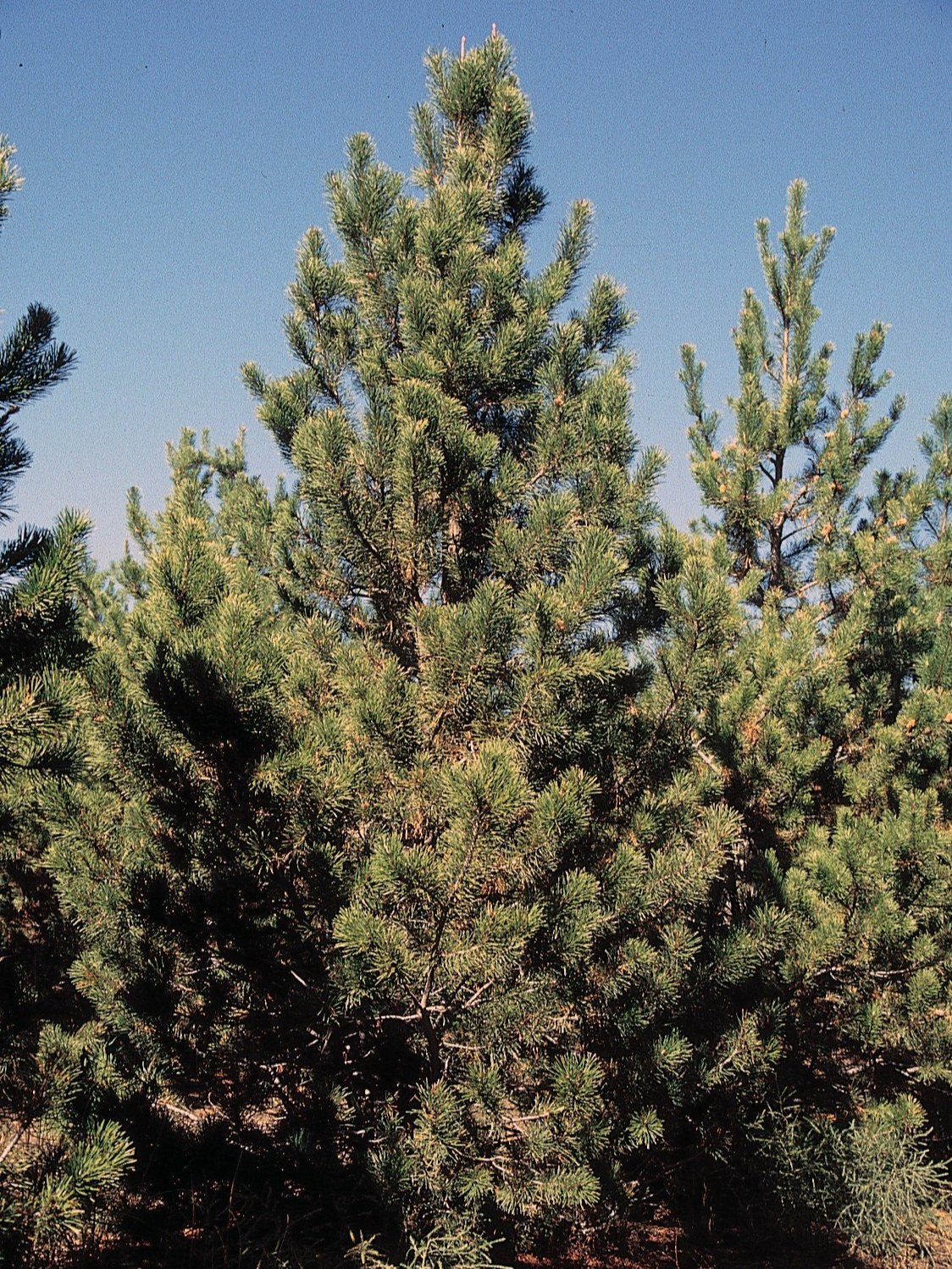Trees are important, but not all trees are the same! Maybe you've heard of deciduous and coniferous trees, but did you know that there are other types too?
A deciduous tree drops its leaves every year. A lot of trees you have seen before are deciduous, and these are the ones that change colours in the fall. Examples of native deciduous trees in Alberta are trembling aspen and balsam poplar. Trembling aspen has small roundish leaves that flutter in the wind. Balsam poplar has longer leaves that are more pointed at the end.
Trembling aspen. Photo by Patty Cotterill.
Balsam poplar. Populus balsamifera by Matt Lavin is licensed under CC BY-SA 2.0.
What's the opposite of a deciduous tree? Were you going to say coniferous? It's actually an evergreen tree! Evergreen trees keep their leaves all year, and deciduous trees lose their leaves each year. Examples of native evergreen trees in Alberta are Jack pine, lodgepole pine, white spruce and black spruce.
White spruce
Black spruce by Treetime.ca is licensed under CC BY-SA 3.0.
Lodgepole pine. Public domain.
So what does coniferous mean? That's a tree (or sometimes a shrub) that reproduces by cones and usually has needles. And what's the opposite of coniferous? Why that's flowering of course! A tree that grows flowers is called a flowering plant.
To make it even more confusing, there are some evergreen plants that are flowering, and some deciduous trees that are coniferous. A tamarack or larch tree grows cones and has needles, but it drops these each year. Magnolia trees, which grow in Asia, South America and other parts of the world, have flowers but some of them keep their big green leaves all year long.
Aren't trees terrific?
Thanks to Carissa Wasyliw for helping with this blog post.








